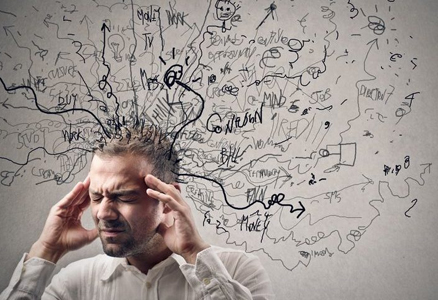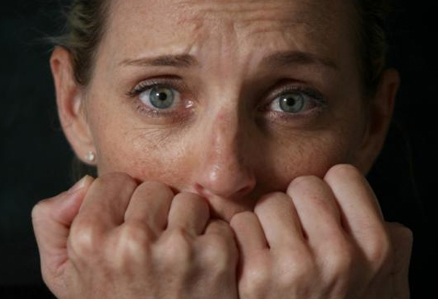Symptoms:
1. Excessive worry with no specific source
2. Exaggerated startle reflex
3. Inability to sleep due to worrying
4. Stomach aches
5. Headaches
6. Fatigue
7. Muscle tension
8. Light-headedness
9. Breathlessness
10. Trembling
11. Nausea
12. Excessive sweating
Treatments for Generalized Anxiety Disorder:
1. You can try to change your disruptive thinking. The goal is to restructure distorted thoughts and help you change your reactions to stress.
2. Learning new coping skills
3. Relaxation techniques
4. Medications including antidepressants and anti-anxiety drugs are often used in combination with therapy.




